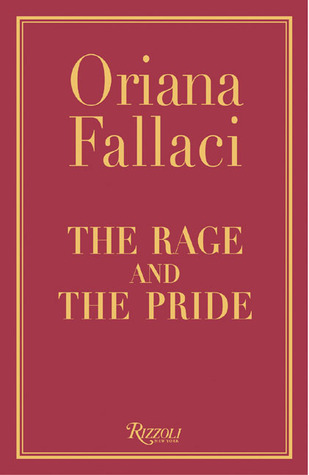An exhibit at the Russian Museum in St. Petersburg is called Dvoe, or “Twosome.” It pairs paintings and sculptures to suggest dualities in Russian art: East vs. West, peasant vs. aristocrat, passion vs. logic. The result is a tapestry of forces that sometimes contradict but often complement one another. A similar dialogue runs throughout Natasha’s Dance: A Cultural History of Russia by Orlando Figes. The author of A People’s Tragedy, in which he retells the story of the Russian Revolution, Figes now explores Russian culture from the days of Peter the Great to the Revolution and the Soviet regime. He begins with an image from Tolstoy’s War and Peace: Natasha, a young countess raised according to European standards, spontaneously performs a peasant dance. Figes extends the image as a symbol for the opposing forces in Russian culture. The “harmonious network of avenues” of St. Petersburg contrasts with chaotic Moscow, the city of onion-domed cathedrals, “archaic nature and parochialism,” and “superstitious fear and resentment of the West.” In a similar war, Russia’s early Italian-influenced operas stand out against the oriental overtones of Rimsky-Korsakov’s folk-based music. Besides the tension between European and Slavic influences, Figes explores the “Asiatic Russia” of the Scythians and the haunting Steppe in the work of Blok and Chekhov. The contrasts are consistently highlighted in graceful and intelligent prose.
Organised in loose chronological order, the story unfolds like a novel populated by poets, composers, painters, rulers, and historians. Figes begins his account on the streets of St. Petersburg and uncovers general trends by focusing on stand-out artists – the poets Akhmatova and Tsevetaeva and the film director Eisenstein, to name a few. The author is sensitive to Akhmatova’s dignity and composure during the Stalinist regime. He writes movingly of Tsevetaeva, who finds herself alone with a spoiled teenage son in a society indifferent to her work. Likewise, he portrays Eisenstein’s internal struggles as he works on Ivan, a “terrifying commentary on Stalin’s madness and his sins.”
But the stories are not only about the famous – they abound with details of customs, fairy tales, beliefs, church services, and even menus of pre-revolutionary St. Petersburg and Moscow. Figes leaves you with a strong sense of Russian daily life throughout the centuries.
Figes’s explicit contrasts may put you on guard – after all, he risks simplification in setting up rigid categories within a complex set of ideas. But he avoids the problem: he explains he is not implying that the “true” Russian culture is based on one of two concepts – European or traditional Slavic – or even that it arises from the smooth synthesis of both. Rather, he suggests that it is a rocky mixture of the different elements, whose relationship can be seen in multiple ways. The “simple life” idealized by the Slavophiles is criticized in Chekhov’s Peasants, which describes barbarous, abusive villagers. Similarly, the early twentieth-century emigrants sacrificed authenticity for fake nostalgia – in their “Little Russias” of Paris or Berlin they “returned to a past that never was.”
Figes suggests that relationships in Russian culture are inherently mysterious because of the ambiguous attitude of Russians toward Europe: “…They sought Europe’s approval…but at the same time they were painfully aware that Russia was not `Europe.’” As a result, he says, Russia wavered between identifying with the West or, as a response, breaking with it to various degrees to establish its own unique identity. The new identity turned out to be a lively and constantly changing mixture of the different elements.
Some specific characters and places in the book become effective symbols of such a mixture. For example, Pushkin “breathed the European air” of Western education, yet “was a poet with a Russian voice” who remembered the folk tales of his peasant nurse. Likewise, Saint Petersburg inspires contradictory feelings. Gogol and Dostoevsky see this “window to the west” in a grim light: “…Human feelings are perverted and destroyed by human isolation and rationality…place of fevered dreams and weird hallucinations.” Akhmatova lives in the besieged Leningrad years later, in the same house that the Westernized noble family of the Shermetevs lived in two centuries earlier. But for her it is “a blessed place, the spiritual kernel of St. Petersburg, which became the Ideal City of her poetry.”
Like the whole of Russia, St. Petersburg itself is an aggregate of multiple influences. But Figes shows us how these influences have produced a unique, recognizable culture. He writes of his intention to expose “unseen threads of common Russian sensibility,” a task that he accomplishes masterfully. With energy and eloquence, he welcomes contradictions and paints Russia in brilliant, beautiful detail.

